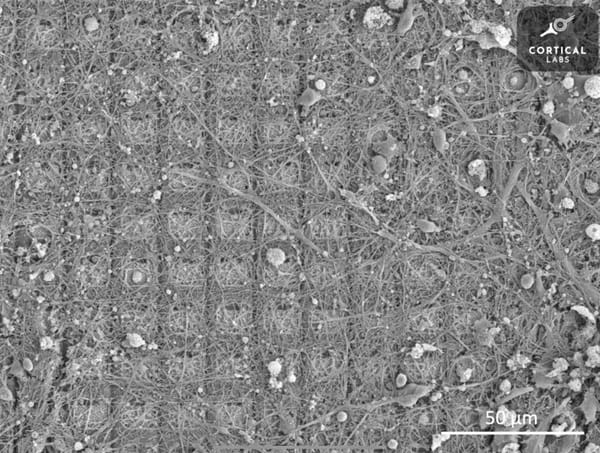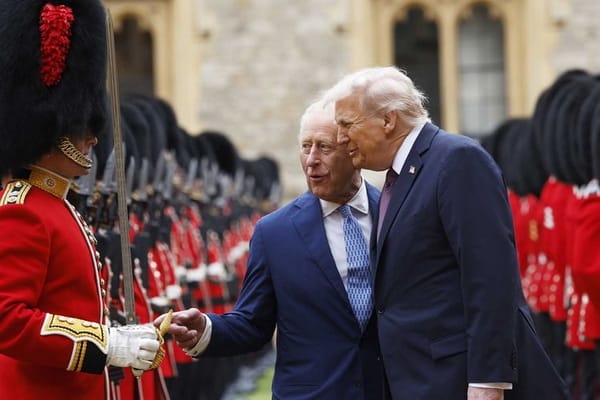Drones and AI: A New Era in Conservation
Explore how AI-powered drones, routinely associated with the destruction of present-day conflicts, are now serving as critical tools for monitoring, studying, and safeguarding endangered species around the world

Unmanned drones. Often considered the emblem of modern warfare, they are now critical tools for monitoring, studying, and safeguarding endangered species. Help from drone and AI technology could play a crucial role in tackling urgent global challenges of wildlife conservation as species face threats from habitat loss, climate change, and poaching.
According to the WWF, there has been a decline of 69% in species populations since 1970.
Besides the fact that biodiversity is diminishing in the natural world, there is also a need to prevent cultural losses of endangered species like tigers, rhinos, and whales. Hence, using the potential of science to the greatest extent, to link practical work with sophisticated policy measures, could be the best long-term solution that helps wild animals as well as the locals who live alongside them.
There are some factors posing nature reserves and national parks problems in protecting wildlife. The world’s largest land-based transboundary conservation area, the Kavango Zambezi Transfrontier Conservation Area (KAZA), spans 106 million acres across Angola, Botswana, Namibia, Zambia, and Zimbabwe. This is roughly the size of France or Morocco. Simply put, conducting high quality monitoring over such a vast area is challenging. Moreover, the WWF has advocated this fact by releasing data revealing that one ranger may have to handle patrolling of up to 100km squared of territory. Patrolling is also complicated by dense vegetation, arduous terrain, and potentially some water barriers in many nature reserves. Overall, there are significant limitations concerning traditional conservation methods, including ground patrol by rangers, setting up observation posts, and physical barriers. Unfortunately, these methods account for slow response time, limited visibility, and ineffectiveness at night.

To counter these challenges, the emergence of drones is increasingly becoming a powerful tool in wildlife conservation, especially with combatting wildlife crime. Kruger National Park, known as South Africa's largest wildlife sanctuary, has been hosting competitions like the Wildlife Conservation UAV Challenge, aiming to encourage the development of affordable and “unmanned aircraft that can scan Kruger for poaching activity and map routes for the rangers to apprehend traffickers.” Since testing for the implementation of drones started in 2015, Kruger National Park has been monitoring a trail used by poachers to enter the park, where 55 intruders were detected in a month. As a result, poaching activity decreased, and naturally so did attacks on animals. Clearly, drones are revolutionising anti-poaching efforts, with surveillance technology aiding in the protection of endangered species globally.
Beyond combatting wildlife crime, drones are transforming the scope of wildlife conservation in various other aspects. In Sumatra, an island in Indonesia, orangutans are being tracked by drones which can identify their nesting sites. High resolution cameras, combined with water resistant qualities and thermal censors, can be incorporated into AI algorithms which analyse the footage to pinpoint where the apes are. This drastically reduces the time required for habitat surveys. The same AI-powered acoustic sensors can detect orangutan calls, often called “kiss-squeak” vocalizations, which they use to communicate with each other; this offers a non-invasive way to track the critically endangered orangutan population and behaviour. The greatest threat to orangutans is illegal logging and palm oil production which drives deforestation in Sumatra. AI equipped in drones can also survey aerial images to locate signs of unlawful forest clearing and flag these areas for deforestation, helping conservationists to respond quickly and document them. Additionally, some AI models are able to scan areas of potential future deforestation, aiding authorities in prioritizing enforcement and protection efforts.
Technologies like drones and AI are giving us many new ways to protect wildlife and fight extinction. While the challenges may seem huge, these tools show that with greater innovation and commitment, we can drive real change and ensure ecosystems are able to recover in the future.



